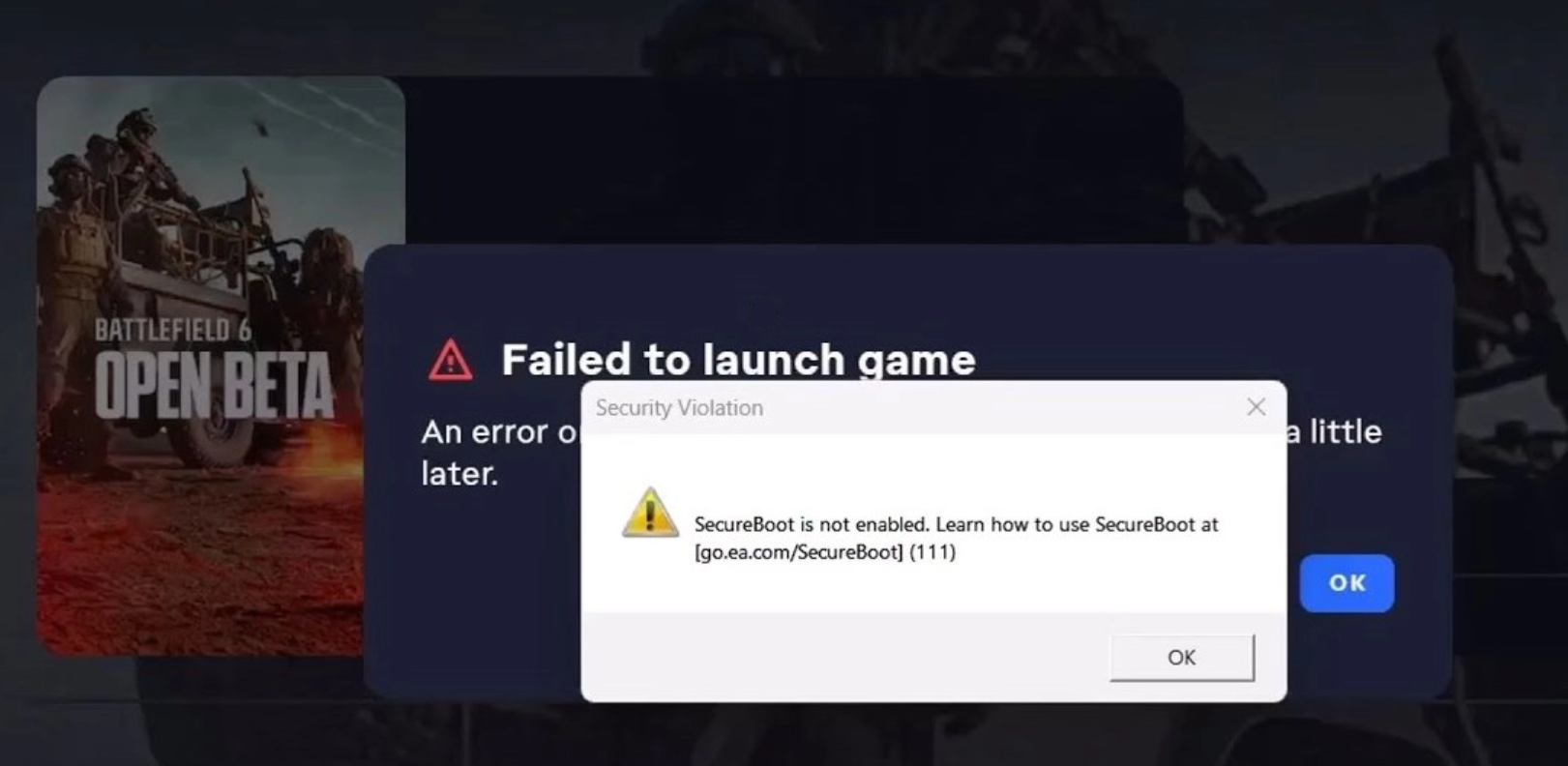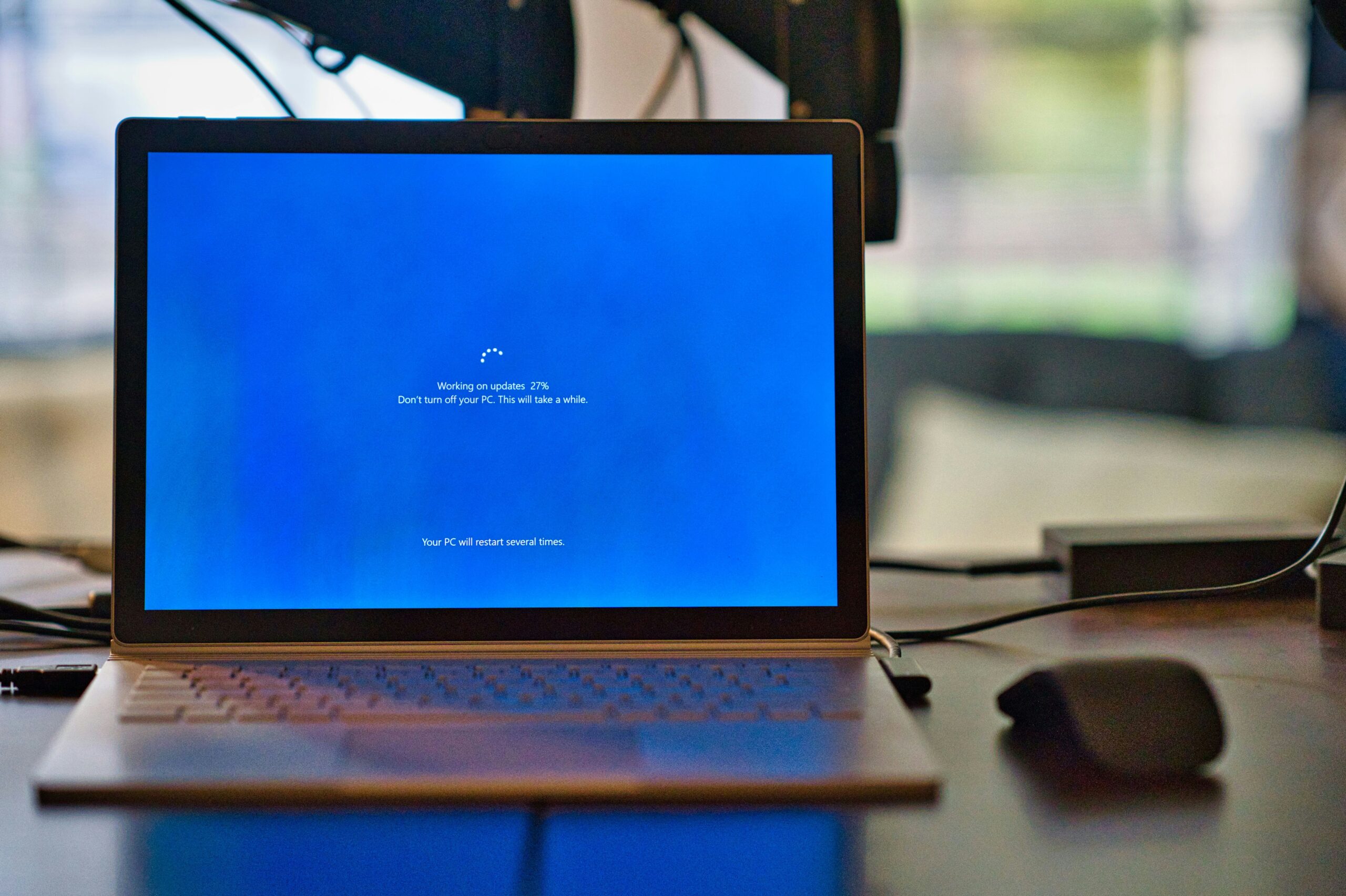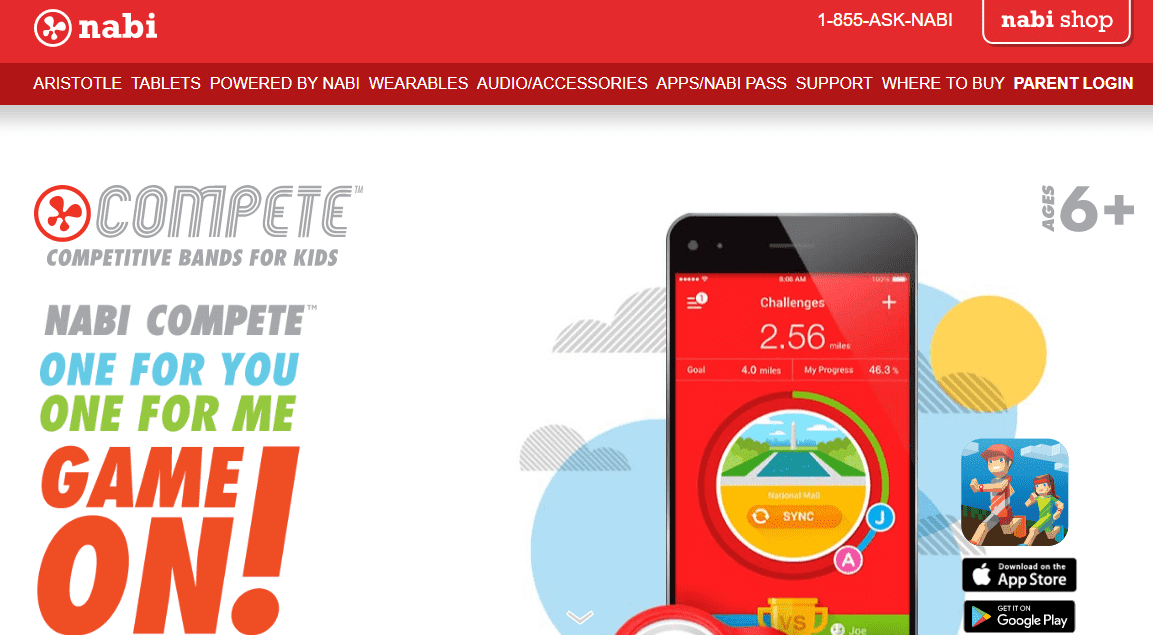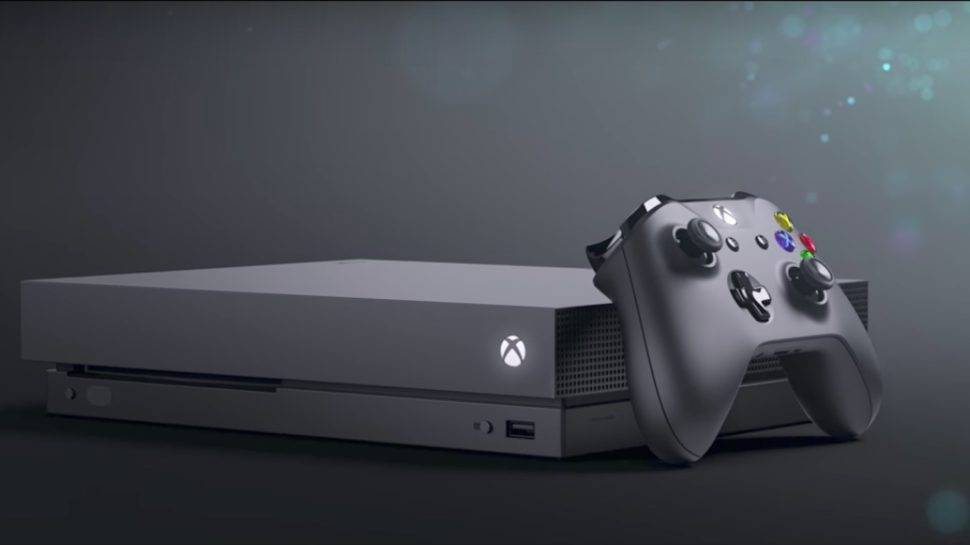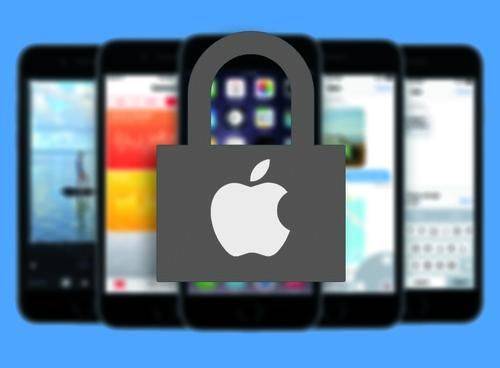Everyone has a summer anthem. I’m partial to Will Smith’s “Summertime,” but please don’t look up when that was popular. These days, getting access to your favorite tunes is easier than ever with services that allow you to stream music to Internet-capable and mobile devices. There are even options for families like mine that cross over between Apple, Android and Windows devices. Finally, we can all just get along — and share our music again. While Google Music Beta , Apple iCloud and even Amazon Cloudduel for your loyalty, we have delved into the trenches and reviewed the 3 best Music Clouds that let you access music from anywhere in the world.
APPLE iCLOUD: If all of your mobile devices are stamped with an Apple logo, check out iCloud, launching this fall. Apple’s iCloud finally removes the requirement that all your devices at some point plug into a common computer to sync files. The service is free for any songs you’ve downloaded through iTunes music store. If your library is more extensive, pay $25 a year and Apple will “match” your library online, no matter where your music files originated.
This means songs you purchase or have stored on your iPhone can instantly sync with little Jimmy’s iPod, without having to connect each device to a common computer, upload from one and download to the other — assuming little Jimmy is interested in Neil Diamond’s “Greatest Hits.” The downside of iCloud is that it only works with devices using iTunes to sync music, and streaming is limited to content purchased through iTunes music store. Otherwise, you can only listen to songs you’ve downloaded to each device.

GOOGLE MUSIC BETA: Music lovers who have held out against the Apple tide should consider Google Music or Amazon Cloud Player. Both allow you to store your music library on their cloud server and stream to any Android device or computer. The catch is that you need to first upload your entire music library, which can be a long, arduous task. While Google will sync new content automatically with your library from that point on, Amazon will only auto-sync music you purchase through its MP3 store. Everything else will have to be manually uploaded to its server which is a big downside.
Both services allow you to tag songs to be available offline, so you can still listen to your favorite tunes on your next road trip or flight. Google allows you to store 80GB (about 20,000 songs), which should accommodate all but the professional DJ. Google Music Beta is currently available by invite only, so if you want to try it send a request to music.google.com and cross your fingers. It’s free now, but there’s no promise it will remain so once the service is out of beta. Amazon Music gives you 5GB of storage free (about 1,250 songs). Purchase an album through the Amazon MP3 Store, and the company will throw in another 15GB for free. If you need more space, it gets costly: roughly $1 per GB/year.
Grooveshark: Are you still lamenting the loss of Napster? Grooveshark may be your new best friend. Grooveshark is an online music search engine that offers free on-demand streaming. If you choose, you can purchase one of their subscription services. Our favorite of the two available services is a downloadable desktop app. Upon installing the program on your computer, Grooveshark will scan your system for music files and create a personalized music library. The magical part is that Grooveshark merges all of its user’s content into one giant library that you can stream to any Internet-capable device on which you’ve installed Grooveshark. This means that even if you don’t own the Foo Fighters’ new album, you can stream it online from Grooveshark’s library. Create playlists with your favorites, or choose a genre for an endless music stream. Upgrading to “Grooveshark Anywhere” to use the mobile app costs $9 a month, available only at mobile.grooveshark.com and it is not available for iPhones or other mobile Apple devices at this time.
